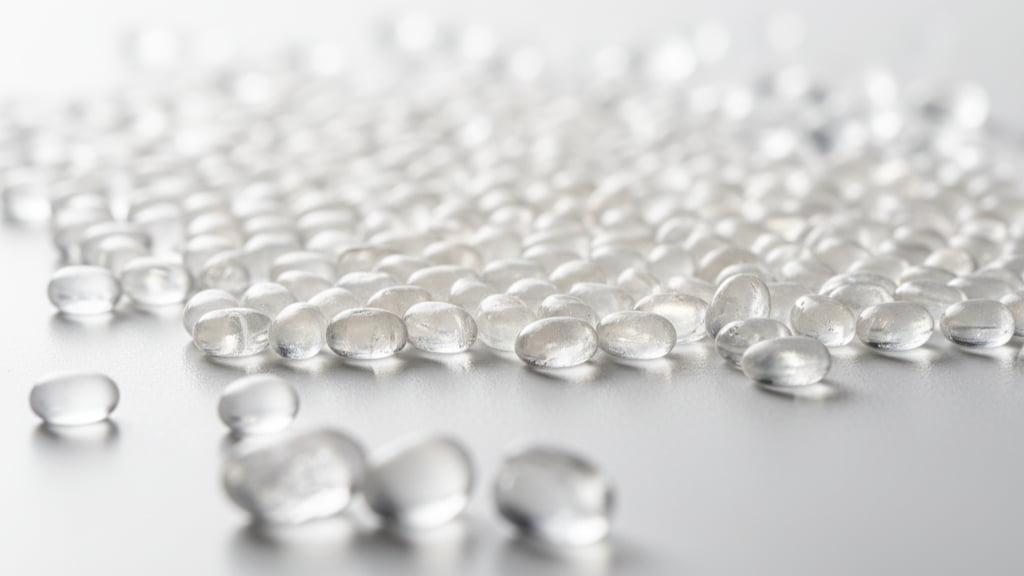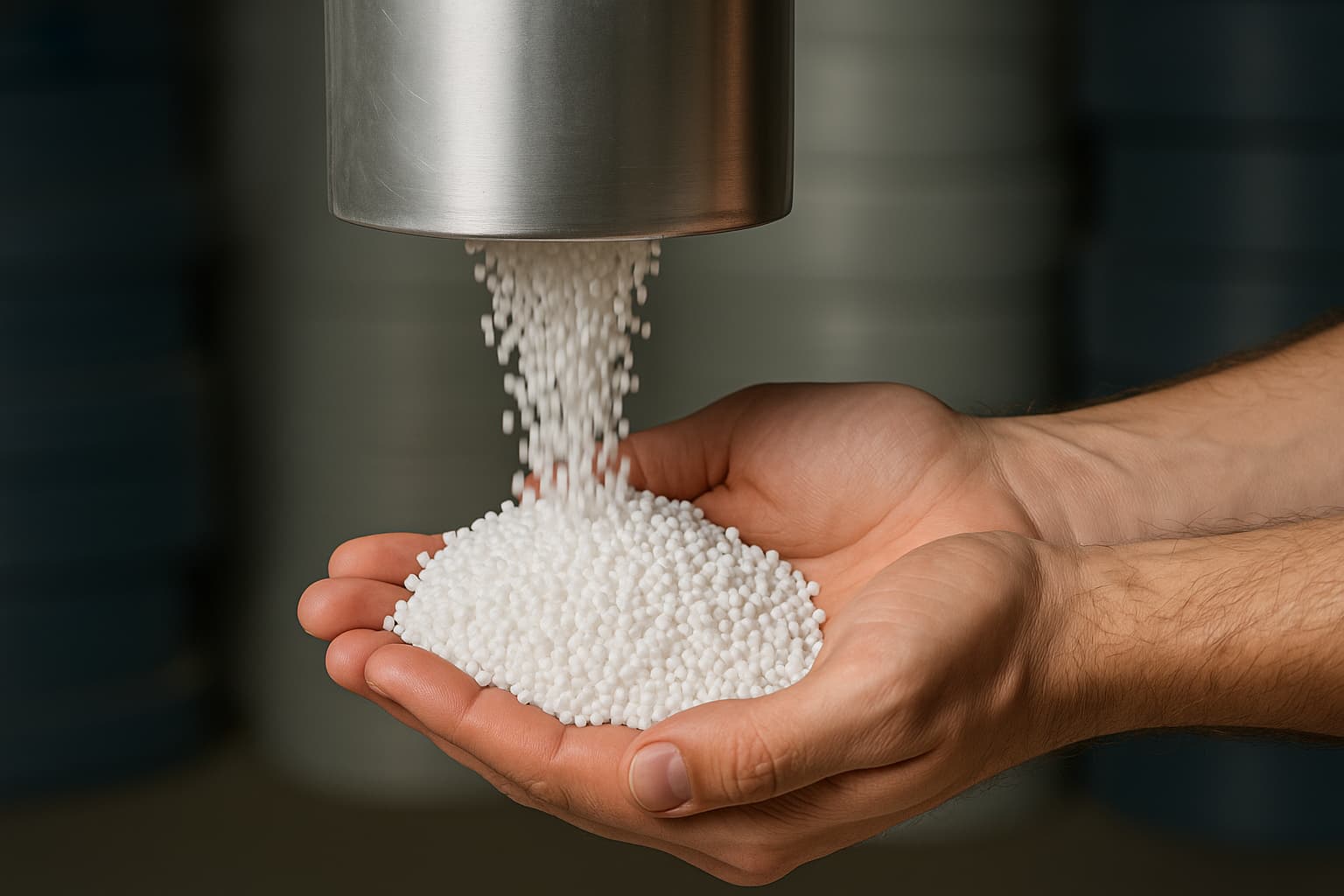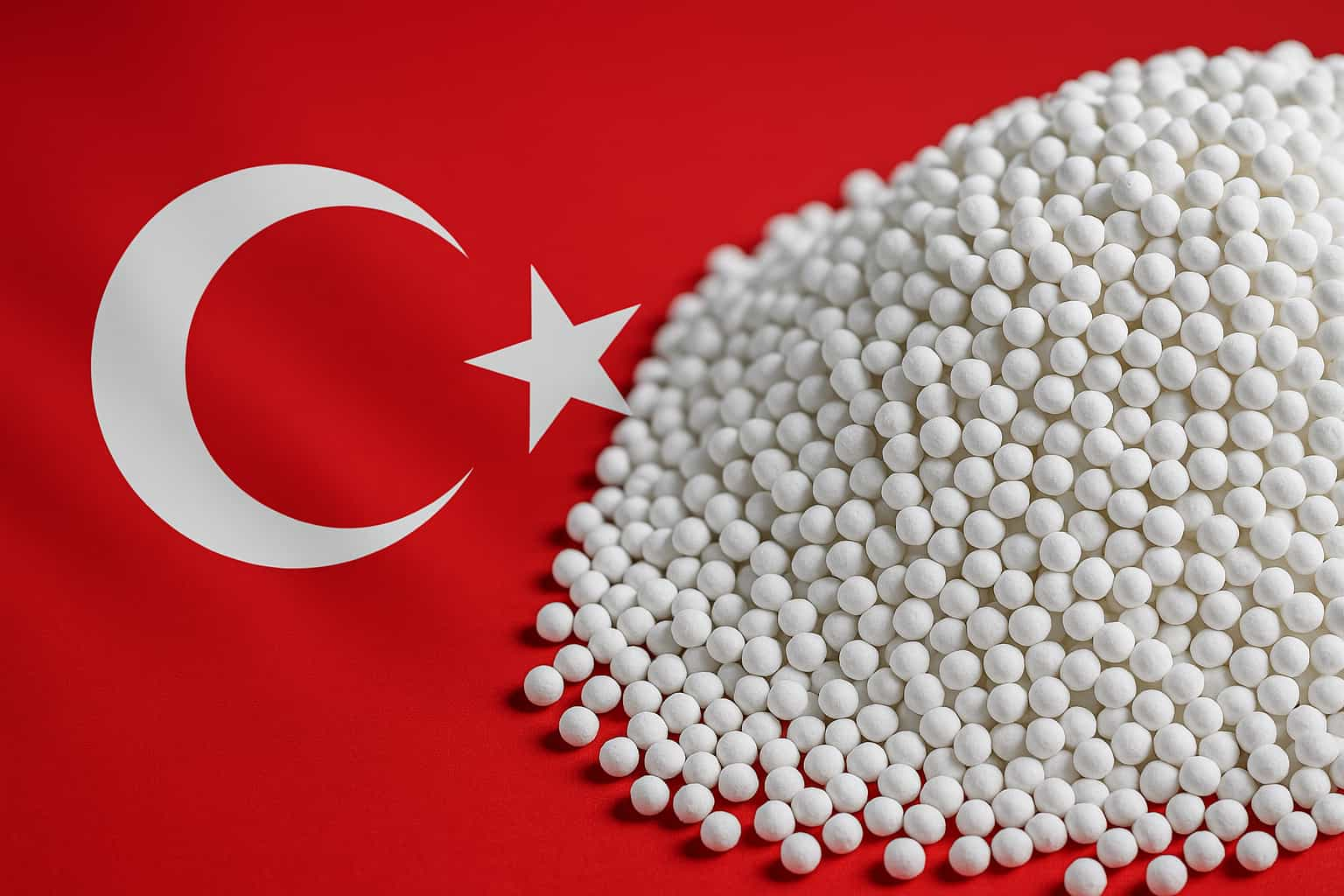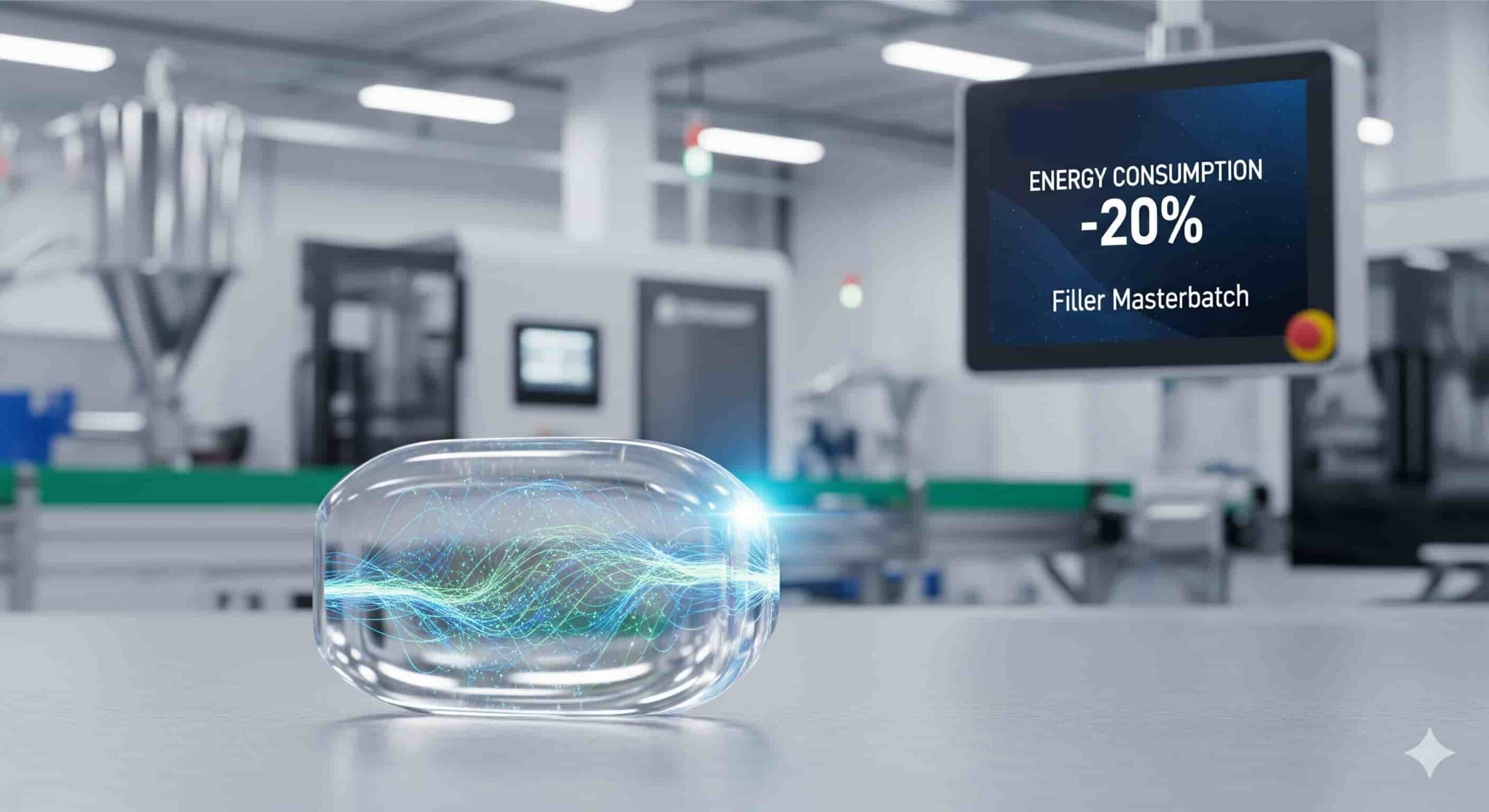The plastic pollution crisis has prompted a shift towards more sustainable alternatives, leading to the rise of bioplastics as a key solution. Unlike conventional plastics, which are derived from fossil fuels, bioplastics are produced from renewable biological sources and offer various environmental benefits. This comprehensive guide will delve into the different types of bioplastics currently dominating the market, examining their properties, applications, and the future potential they hold for a greener world.
1. Overview Of Bioplastics
Bioplastics can be broadly classified into two categories: bio-based plastics and biodegradable plastics. Understanding the differences between these categories is crucial for selecting the right bioplastic for specific applications.
Bio-Based Plastics
Bio-based plastics are derived from renewable biological materials such as plants, algae, or microorganisms. These plastics can be produced from various feedstocks, including corn starch, sugarcane, and even agricultural waste. The primary advantage of bio-based plastics is their reduced reliance on fossil fuels, which helps decrease greenhouse gas emissions and dependency on non-renewable resources.
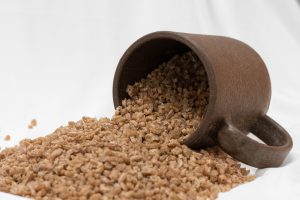
Biodegradable Plastics
Biodegradable plastics are designed to decompose more rapidly than conventional plastics when exposed to environmental conditions like heat, moisture, and microorganisms. This decomposition process helps reduce long-term environmental impact by breaking down into natural components. It is important to note that not all biodegradable plastics are bio-based; some are derived from petrochemical sources but have been engineered to break down more easily.
Key Benefits of Bioplastics
- Reduced Carbon Footprint: Bioplastics generally have a lower carbon footprint compared to conventional plastics due to their renewable origins and the reduced need for fossil fuels.
- Decreased Dependency on Fossil Fuels: By using renewable feedstocks, bioplastics reduce reliance on non-renewable resources, contributing to more sustainable production practices.
- Potential for Reduced Plastic Pollution: Biodegradable bioplastics can help mitigate the accumulation of plastic waste in the environment, provided they are disposed of properly and under suitable conditions.
2. All Types Of Bioplastics In The Market
The market offers a diverse range of bioplastics, each with unique properties and applications. Here is an in-depth look at the most prominent types of bioplastics currently dominating the industry:
2.1. Polylactic Acid (PLA)
Polylactic Acid (PLA) is one of the most popular bioplastics due to its wide range of applications and favorable environmental profile. PLA is produced from fermented plant sugars, primarily corn starch or sugarcane.

Properties:
- Transparency: PLA is naturally clear, making it suitable for applications requiring visual clarity, such as food packaging and disposable cutlery.
- High Rigidity: PLA offers good rigidity and strength, making it a preferred choice for rigid packaging and 3D printing.
- Biodegradability: Under industrial composting conditions, PLA can degrade within a few months, turning into compost.
Applications:
- Packaging: PLA is extensively used for food and beverage packaging due to its safety and biodegradability.
- Disposable Cutlery: PLA is commonly used for disposable forks, knives, and spoons.
- 3D Printing: PLA is a popular material for 3D printing because of its ease of use and low melting temperature.
2.2. Polyhydroxyalkanoates (PHA)
PHA is a group of bioplastics produced by microorganisms through the fermentation of organic materials. PHAs come in various forms, including Polyhydroxybutyrate (PHB) and Polyhydroxyvalerate (PHV).

Properties:
- Biodegradability: PHAs are biodegradable under both aerobic and anaerobic conditions, breaking down into natural substances.
- Flexibility: Depending on the type, PHAs can range from flexible to rigid, allowing for diverse applications.
Applications:
- Packaging: PHAs are used in packaging materials due to their biodegradability and compatibility with food contact.
- Medical Devices: PHAs are used in medical applications such as sutures and drug delivery systems due to their biocompatibility.
2.3. Polybutylene Succinate (PBS)
Polybutylene Succinate (PBS) is a biodegradable bioplastic that can be synthesized from renewable resources. PBS offers a balance of mechanical properties and environmental benefits.

Properties:
- Good Mechanical Properties: PBS has tensile strength and flexibility suitable for various applications.
- Biodegradability: PBS degrades in both aerobic and anaerobic conditions, making it versatile for different disposal scenarios.
Applications:
- Packaging: PBS is used in food and beverage packaging, including films and containers.
- Agricultural Films: PBS is used for agricultural films that degrade in the soil, reducing waste.
2.4. Starch-Based Plastics
Starch-based plastics are derived from natural starches such as those from potatoes, corn, or wheat. They are often used in products requiring short-term use and compostability.
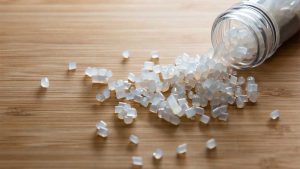
Properties:
- Biodegradability: Starch-based plastics are biodegradable, breaking down into natural components under composting conditions.
- Limited Mechanical Properties: These plastics often have lower mechanical strength and water resistance compared to other bioplastics.
Applications:
- Food Packaging: Starch-based plastics are used for food wrappers and trays.
- Disposable Items: They are used in disposable cutlery, plates, and bags.
2.5. Polyethylene Furanoate (PEF)
Polyethylene Furanoate (PEF) is a bio-based plastic derived from plant materials, particularly the sugar found in fruits and vegetables.
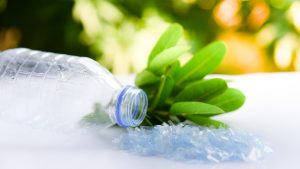
Properties:
- Superior Barrier Properties: PEF offers excellent barrier properties against gases and moisture, making it ideal for beverage and food packaging.
- Recyclability and Biodegradability: PEF can be recycled and is biodegradable, contributing to its environmental appeal.
Applications:
- Packaging: PEF is used in beverage bottles and food packaging due to its superior barrier properties and sustainability.
2.6. Polyamide 11 (PA11)
Polyamide 11, also known as Nylon 11, is a bioplastic made from castor oil, a renewable resource.

Properties:
- Durability and Flexibility: PA11 is known for its high performance, durability, and flexibility.
- Chemical Resistance: It has good resistance to chemicals and high temperatures.
Applications:
- Automotive Parts: PA11 is used in high-performance automotive components.
- Sporting Goods: It is used in equipment such as bicycle components and protective gear.
2.7. Bio-Based Polyethylene (Bio-PE)
Bio-Based Polyethylene (Bio-PE) is produced from renewable resources such as sugarcane and is chemically identical to conventional polyethylene.

Properties:
- Similar to Conventional PE: Bio-PE has similar properties to traditional polyethylene, including durability and versatility.
- Sustainable Production: Bio-PE production uses renewable resources, reducing its overall environmental impact.
Applications:
- Packaging: Bio-PE is used in various packaging applications, including bottles and films.
- Agricultural Films: It is used in agricultural films and greenhouse covers.
2.8. Cellulose-Based Plastics
Cellulose-based plastics are derived from cellulose, a natural polymer found in plant cell walls.

Properties:
- Biodegradability: Cellulose-based plastics are biodegradable and compostable.
- Transparency: These plastics are often transparent, making them suitable for applications requiring clarity.
Applications:
- Film Coatings: Cellulose-based plastics are used in coatings for films and papers.
- Packaging: They are used in packaging materials, including food wrappers and trays.
3. Conclusion
The bioplastics industry is rapidly advancing, with a growing range of materials offering sustainable alternatives to conventional plastics. From PLA and PHA to cellulose-based plastics, each type of bioplastic brings unique properties and applications, contributing to a more sustainable and environmentally friendly future. As technology continues to evolve and consumer demand for sustainable products increases, bioplastics are expected to play an increasingly significant role in reducing plastic waste and promoting environmental stewardship.
4. About EuP Egypt’s Bioplastics & Biofillers
EuP Egypt’s Bioplastics
EuP Egypt’s Bioplastics, called BiONext, offer a green material solution, making end-products biodegradable within 12 months. These bioplastics are derived from renewable sources like polylactic acid (PLA), polyhydroxyalkanoate (PHA), plants (corn, palm oil, potatoes), and fossil fuels such as aliphatic-aromatic co-polyester (PBAT).
Read more: EuP Egypt’s Bioplastics
The key advantage of BiONext bioplastic compounds is their biodegradability, decomposing into water, CO2, and biomass within 12 months, which can be used as agricultural fertilizer. This creates a circular lifecycle, supporting sustainable development and environmentally friendly practices.
BiONext bioplastics also boast excellent mechanical properties, including high hardness, impact strength, and good elongation, making them suitable for various applications like bioplastic packaging, food wrap, biodegradable bags, and disposable items. The use of BiONext bioplastics reduces dependency on fossil fuels, promoting sustainability in the face of limited resources.
Developed exclusively by EuP Egypt, BiONext is recognized for its superior mechanical and aesthetic qualities, with strict quality controls ensuring consistent performance. Join EuP Egypt in creating a greener world with BiONext bioplastic compounds!
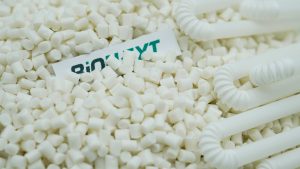
EuP Egypt’s Biofillers
EuP Egypt’s Biofillers is a biodegradable filler made from bioplastics, modified CaCO3 powder, and dispersion aids. It serves as a cost-saving solution in bioplastic product processing, helping businesses lower production costs while enhancing the finished product’s properties, such as increased gloss and film hardness. This improves the competitiveness of the end products.
Read more: EuP Egypt’s Biofillers
EuP has successfully developed a range of biofiller products, including BiOMates 01, BiOMates 02, and BiOMates 03, each tailored to meet specific customer requirements. BiOMates is ideal for producing environmentally friendly products like biodegradable packaging, injection-molded items, and single-use plastic extrusion products.
As a leading member of EuP, the world’s largest filler masterbatch manufacturer, EuP Egypt proudly provides innovative plastic raw material solutions to optimize production costs and enhance market competitiveness. Visit our blog for the latest updates on plastics and advanced production solutions.



